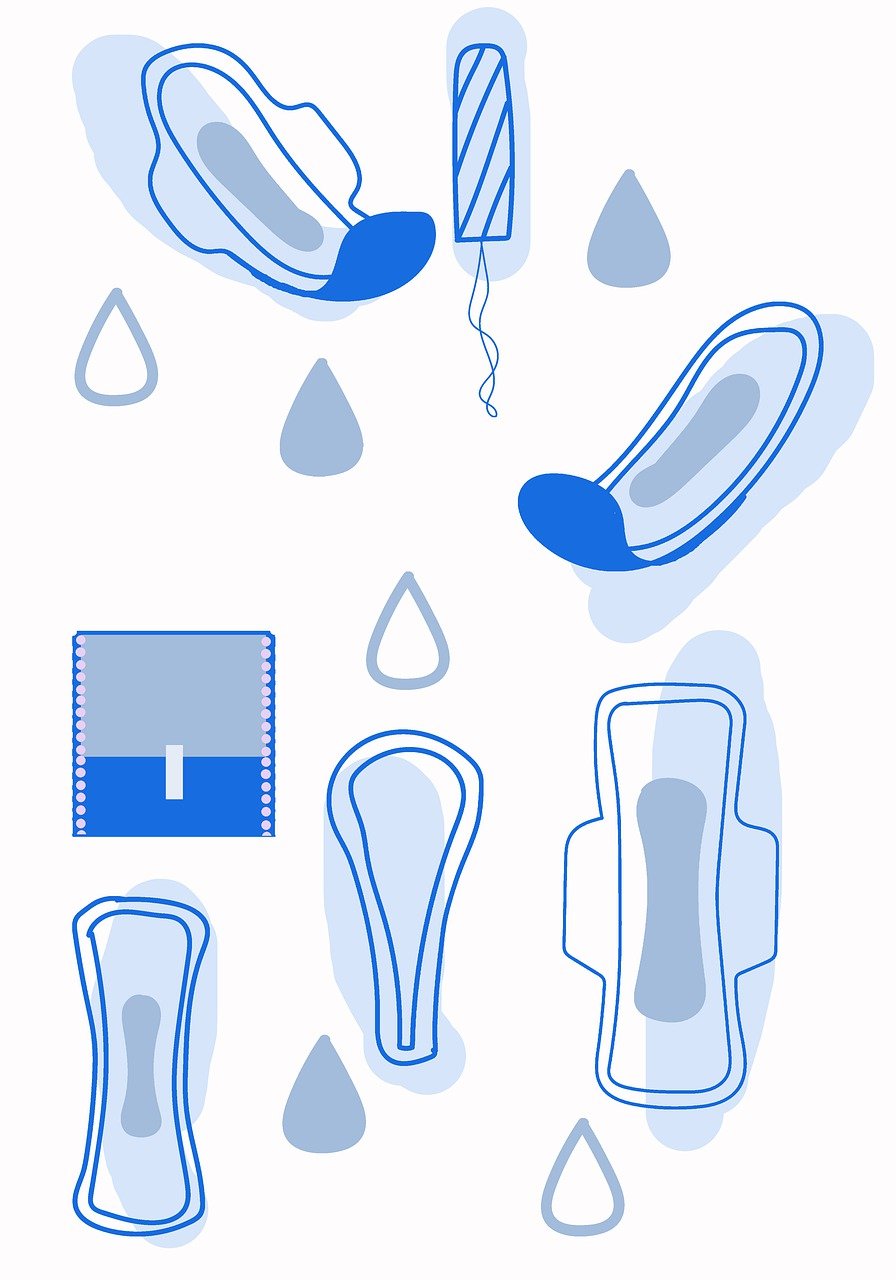На современном высококонкурентном рынке, поиск поставщиков высококачественных одноразовых подгузников и установление долгосрочных, стабильные отношения сотрудничества с надежными производителями подгузников жизненно важны для покупателей. Как профессиональное предприятие по производству подгузников, мы понимаем важность снижения затрат на закупки. Здесь, мы поделимся семью основными стратегиями, которые помогут вам достичь этой цели.
Стратегия 1: Углубленное изучение динамики и тенденций рынка
- Регулярно собирайте отраслевые отчеты
- Подпишитесь на профессиональные аналитические отчеты отрасли подгузников, чтобы понять размер рынка., тенденции роста, и конкурентная среда.
- Сосредоточьтесь на индексах цен на сырье и прогнозах авторитетных учреждений..
- Анализируйте конкурентов’ Стратегии
- Изучите конкурентов’ каналы закупок и структура затрат.
- Изучите их деятельность по ценообразованию и продвижению продукции, чтобы сделать выводы об их стратегиях контроля затрат..
- Отслеживайте изменения потребительского спроса
- Участвуйте в исследованиях потребителей, чтобы понять предпочтения в отношении функций подгузников., материалы, упаковка, и т. д..
- Следите за обсуждениями и оценками подгузников в социальных сетях и на родительских форумах..
- Мониторинг воздействия политики и правил
- Узнайте о политике защиты окружающей среды’ требования к производству подгузников и сырью и подготовить заранее.
- Обратите внимание на влияние изменений в торговой политике на затраты на импорт и экспорт..
Стратегия 2: Установление долгосрочных и стабильных партнерских отношений с поставщиками
Установление стабильного сотрудничества с качественными поставщиками – ключ к снижению затрат на закупки. Ищите производителей, которые занимают высокие места в списке репутации поставщиков подгузников..
- Проведение оценки и проверки поставщиков
- Изучите производственные мощности поставщика, система контроля качества, и возможности доставки.
- Ознакомьтесь с репутацией поставщика и прошлыми случаями сотрудничества..
- Подпишите долгосрочные контракты
- Четко определите ключевые термины, такие как количество покупки., цена, и дата доставки.
- Согласовать механизм корректировки цен, чтобы справиться с колебаниями рынка..
- Проведение обучения поставщиков и совместное улучшение
- Предоставлять техническую поддержку, чтобы помочь поставщикам повысить эффективность и качество производства..
- Совместно изучить методы и подходы к снижению затрат.
- Создайте механизм стимулирования поставщиков
- Награждайте выдающихся поставщиков, например, увеличение доли покупки или предоставление льготных условий оплаты..
Стратегия 3: Оптимизация партий закупок
- Используйте инструменты анализа данных
- Используйте программное обеспечение для управления запасами для анализа исторических данных о продажах и скорости оборачиваемости запасов..
- Прогнозирование рыночного спроса в разные сезоны и рекламные мероприятия..
- Учитывайте экономичный объем заказа (EOQ)
- Рассчитайте EOQ, чтобы сбалансировать затраты на закупки и затраты на хранение запасов..
- Настройте параметры модели EOQ на основе реальных ситуаций..
- Согласование пакетных скидок с поставщиками
- Понимать политику оптовых скидок поставщика и стремиться к более выгодной скидочной марже..
- Гибко корректируйте план закупок под условия скидок.
- Снижение рисков, связанных с запасами
- Примите стратегию резервного запаса, чтобы избежать потерь из-за дефицита..
- Улучшите мониторинг запасов и оперативно обрабатывайте медленно оборачиваемые запасы..
Стратегия 4: Активно участвовать в интеграции и оптимизации цепочки поставок
- Оптимизация планов логистического распределения
- Сравните предложения и качество услуг различных поставщиков логистических услуг..
- Выберите подходящий вид транспорта (море, земля, или воздух).
- Уменьшите промежуточные ссылки
- Сотрудничайте напрямую с поставщиками сырья для снижения затрат на закупки..
- Интегрируйте логистические и складские ресурсы для повышения эффективности цепочки поставок..
- Создайте совместную модель управления запасами
- Делитесь информацией о запасах с поставщиками для достижения точного пополнения запасов..
- Снизьте уровень запасов с обеих сторон и сократите использование капитала.
- Внедрение управления рисками цепочки поставок
- Разработайте планы действий на случай перебоев в поставках и колебаний цен..
- Создать механизм разделения рисков с поставщиками.
Стратегия 5: Содействие стандартизации и информатизации процессов закупок
- Разработка стандартизированных процессов закупок
- Четко определить операционные нормы для применения закупок, одобрение, заказ, принятие, и другие ссылки.
- Установите ключевые точки контроля для обеспечения соответствия требованиям и эффективности..
- Внедрение программного обеспечения для управления закупками
- Реализуйте автоматизированную обработку и отслеживание заказов на закупки..
- Проведение анализа данных о закупках и составление отчетов.
- Усиление подготовки персонала по закупкам
- Повысить осведомленность персонала по закупкам о процессах и системах..
- Развивать навыки контроля затрат и ведения переговоров..
- Создайте систему управления документацией по закупкам
- Централизуйте хранение договоров о закупках, счета-фактуры, отчеты об инспекциях, и другие документы.
- Упростить быстрый поиск и анализ, чтобы обеспечить основу для принятия решений..
Стратегия 6: Укрепить сотрудничество с внутренними подразделениями
- Создание механизмов межведомственной коммуникации
- Регулярно проводить координационные совещания среди закупщиков, продажи, производство, и другие отделы.
- Настройте выделенные каналы связи, например, рабочие группы или платформы управления проектами.
- Разрабатывать совместные планы
- Формировать планы закупок на основе прогнозов продаж и планов производства..
- Совместно реагировать на изменения рынка и своевременно корректировать планы.
- Делитесь информационными ресурсами
- Предоставлять отделу закупок динамику рынка и обратную связь от клиентов..
- Отдел закупок информирует другие отделы о ситуации с поставщиками и изменениях затрат..
- Провести анализ затрат и выгод
- Совместно оценивать влияние решений о закупках на общую выгоду компании..
- Сбалансируйте краткосрочные затраты и долгосрочные стратегические интересы.
Стратегия 7: Постоянное внимание к применению новых технологий и материалов
- Участвуйте в отраслевых выставках и семинарах
- Узнайте о новейших технологиях производства подгузников и инновациях в материалах..
- Общайтесь с отраслевыми экспертами и поставщиками для получения новейшей информации..
- Создайте систему сбора технологической информации
- Подпишитесь на соответствующие технические журналы и информационные платформы..
- Обратите внимание на патентные заявки и информацию о передаче технологий..
- Проводить эксперименты и тесты
- Проводить небольшие эксперименты и испытания новых технологий и материалов..
- Оцените их эффективность с точки зрения стоимости., качество, и производительность.
- Продвижение инноваций поставщиков
- Выдвигать поставщикам требования и предложения по инновациям в области технологий и материалов..
- Сотрудничать в Р&D проекты и совместно несут риски и выгоды.
Комплексно применяя эти семь основных стратегий и тщательно реализуя детали каждой стратегии., покупатели могут значительно сократить расходы на закупку подгузников, повысить преимущества закупок, и укрепить свои конкурентные преимущества на рынке.
При выборе поставщиков подгузников, важно провести квалификационную оценку и найти партнеров для долгосрочного сотрудничества. Мы, как стабильный и крупный источник поставок подгузников, с нетерпением ждем возможности работать с вами рука об руку! Выбор правильного партнера может привести нас к успеху вместе! Свяжитесь с нами и проконсультируйтесь в любое время! (https://caresohygiene.com/product/)





